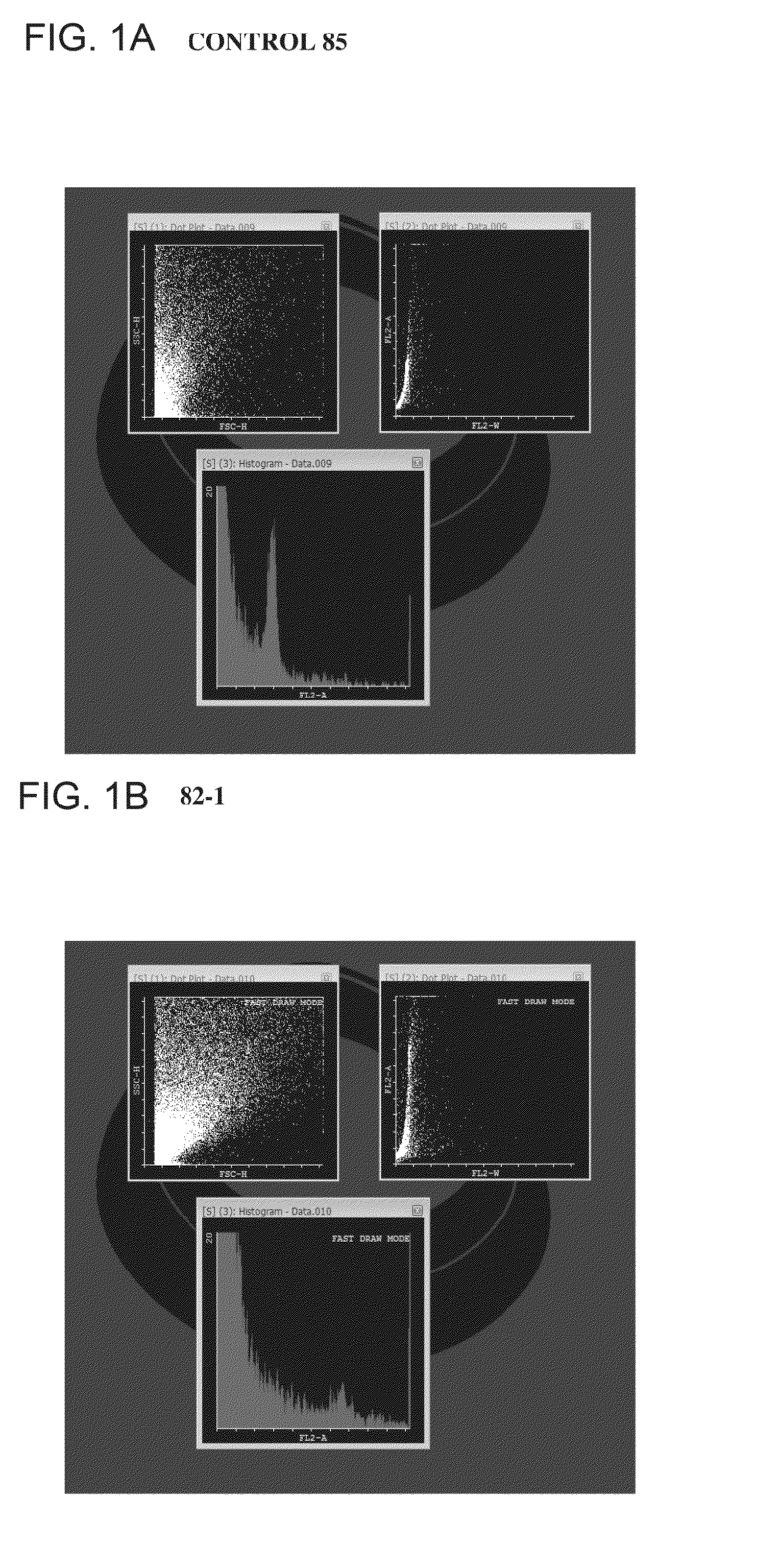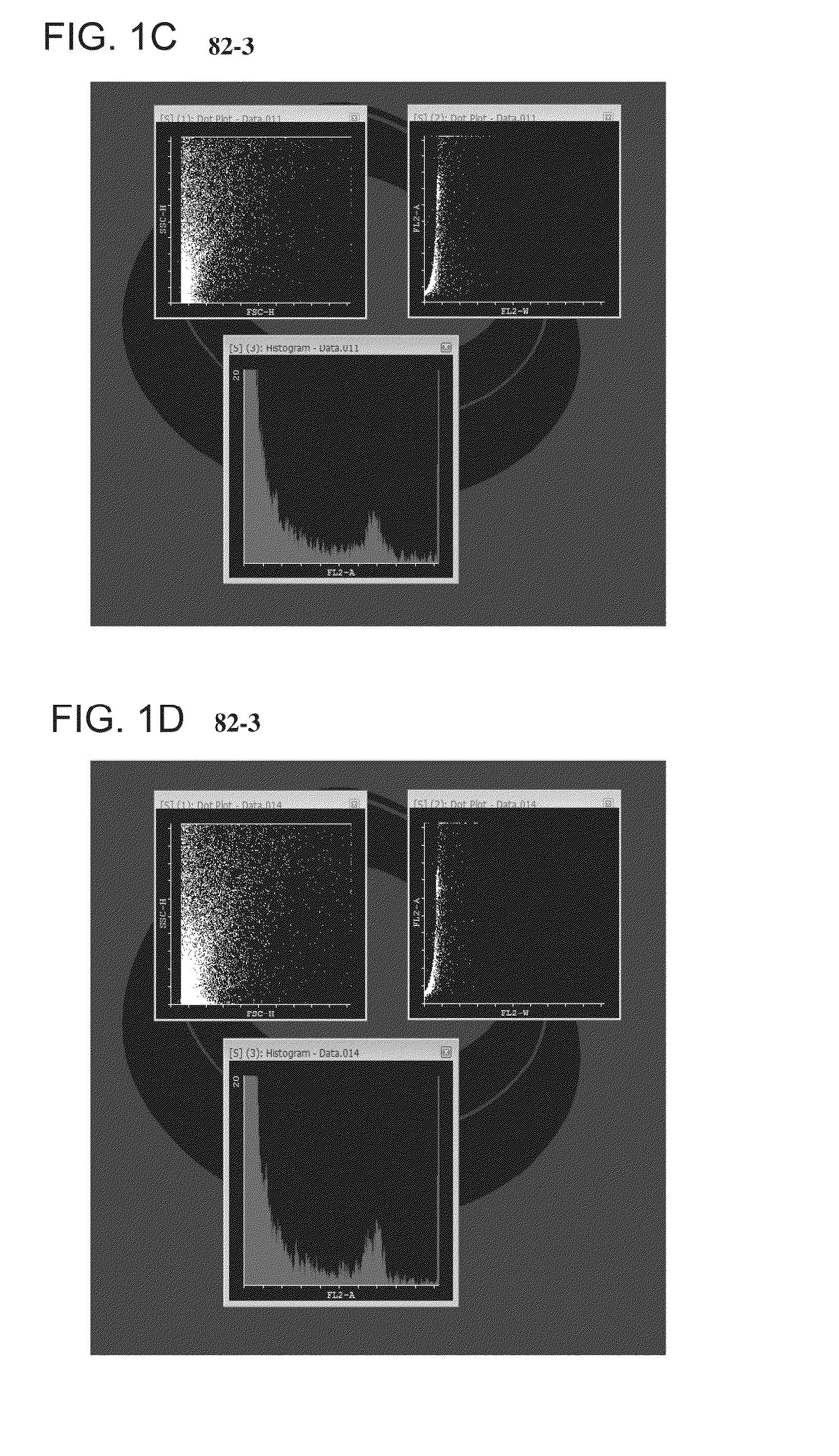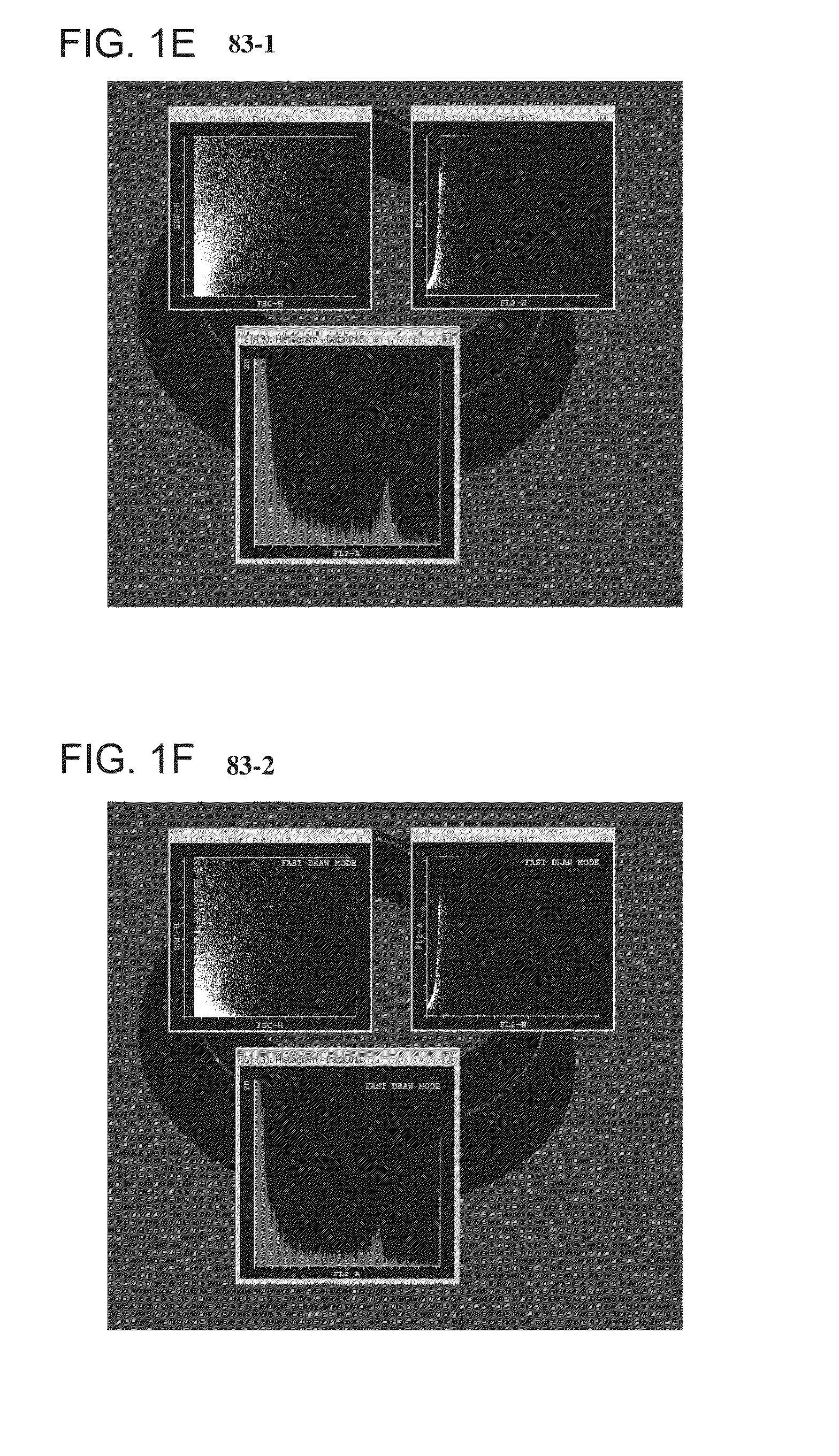Cultivated oryza sativa plant having a partially or fully multiplied genome and uses of same
- Summary
- Abstract
- Description
- Claims
- Application Information
AI Technical Summary
Benefits of technology
Problems solved by technology
Method used
Image
Examples
example 1
Generation and Qualification of Polyploid Rice Plants
[0235]Material and Methods
[0236]Genome Multiplication Procedure
[0237]Oryza sativa seeds, Indica Basmati, (referred to herein as the “85 control”) were treated prior to genome multiplication for 24 hours with an aerated solution of 1:1 NaCl:KNO3, 8 ds / m. Seeds were then washed with tap water and allowed to air dry for 24 hours. For genome multiplication procedure, seeds were soaked in an aerated vessel full of water at 25° C. for 18 hours, transferred into a clean net bag and inserted into a distilled water-filled ultrasonic bath at a temperature of 25° C. Thereafter, sonication was performed (40 KHz) for 5 minutes at temperature below 26° C. The bag was placed into a vessel containing treatment solution at pH=6 which includes 0.5% DMSO, 5 drops / L TritonX100, microtubule polymerization inhibitor, antioxidant' 100 μg / ml Histones diluted in soften, nitrogen free water at 24° C.
[0238]Of note the following ranges of microtubule polyme...
example 2
The Effect of Multiplied Rice Genotype on Plant Productivity, Carbon Dioxide Sequestration and Quantum Use Efficiency
[0253]Materials and Methods
[0254]Study region: A typical Mediterranean climate prevails in the study region with the long term mean annual temperature 18-20° C. (Minimum and maximum air temperatures are -8-10° C. in January and 30-35° C. in August), 600-700 mm precipitation falls during the winter (November to May)., 1500-2000 mm potential evapotranspiration and incident PAR of 300-350 MJ m−2 per month. Maximum incident PAR occurs in August (410-420 MJ m−2 month−1) and the minimum in December (140-160 MJ m−2 month−1).
[0255]The surface soils (0-30 cm) with different proportions of sand, silt, and clay fractions in the study locations were predominantly fine-textured soils displayed a narrow range of variation with respect to field capacity and permanent wilting point which corresponded to −0.03 MPa and −1.5 MPa, respectively, in matric potential. Soil dry bulk densiti...
PUM
| Property | Measurement | Unit |
|---|---|---|
| Fraction | aaaaa | aaaaa |
| Magnetic field | aaaaa | aaaaa |
| Stability | aaaaa | aaaaa |
Abstract
Description
Claims
Application Information
 Login to View More
Login to View More - R&D
- Intellectual Property
- Life Sciences
- Materials
- Tech Scout
- Unparalleled Data Quality
- Higher Quality Content
- 60% Fewer Hallucinations
Browse by: Latest US Patents, China's latest patents, Technical Efficacy Thesaurus, Application Domain, Technology Topic, Popular Technical Reports.
© 2025 PatSnap. All rights reserved.Legal|Privacy policy|Modern Slavery Act Transparency Statement|Sitemap|About US| Contact US: help@patsnap.com



